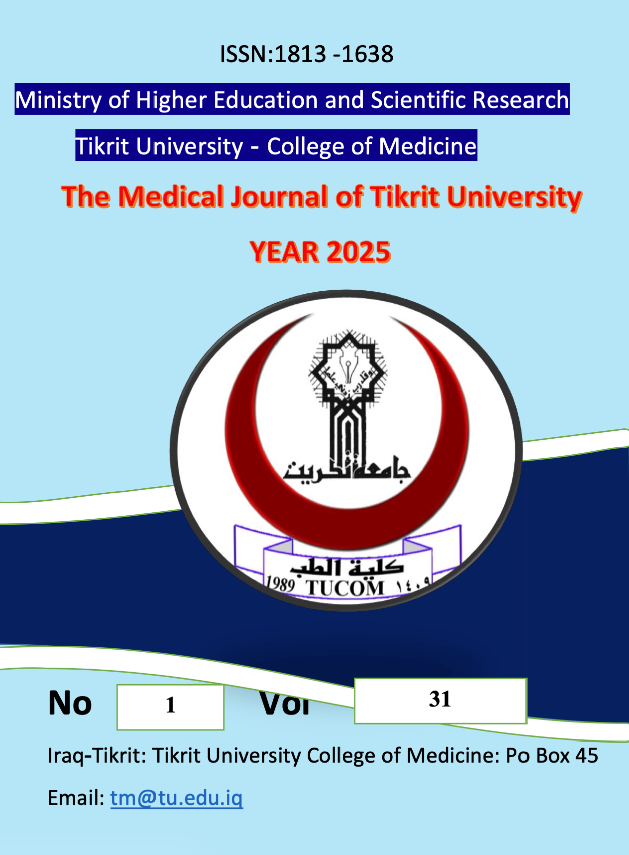The Prevalence of Pseudomonas aeruginosa and antibiotic resistance in diabetic foot ulcer patients in Erbil\Iraq
Keywords:
DFU, DFI, Pseudomonas aeruginosa, antibiotic susceptibilityAbstract
Background: Diabetic foot ulcers (DFUs) lead to significant hospitalization costs and are a primary contributor to medical amputations of the lower limb. Pseudomonas aeruginosa is notably common in DFUs. The identification of the most effective antibiotics for DFUs continues to be an evolving challenge.
Methodology: Cross-sectional study was carried out on 150 patients with DFU of both sexes aged 25-85 years. From each patient, wound swab was taken and cultured on blood agar and MacConkey agar. Then positive cultures were subcultured on cetrimide agar for preliminary identification by biochemical tests. Definitive identification was done by using VITEK- 2 compact system and then tested for their sensitivity toward various antimicrobials.
Results: From 150, only 53 (35.33%) were P. aeruginosa. The results showed high prevalence of DFUs among males than females (70% and 30%, respectively). Antibiotic susceptibility testing of P. aeruginosa against 11 distinct antibiotics showed that the resistance rate of carbenicillin was (100%), levofloxacin was (79.24%), piperacillin was (77.36%), ciprofloxacin was (73.58%), cefepime was (69.81%), gentamicin was (66.04%), norfloxacin was (64.15%), meropenem was (56.6%), imipenem was (45.3%), netilmicin was (37.73%) and ceftazidime was (13.2%).
Conclusion: P. aeruginosa was found to be prevalent in DFUs. The antibiotic ceftazidime was found to be most effective antibiotic against P. aeruginosa in contrast to carbenicillin, which was found to be the less effective.





